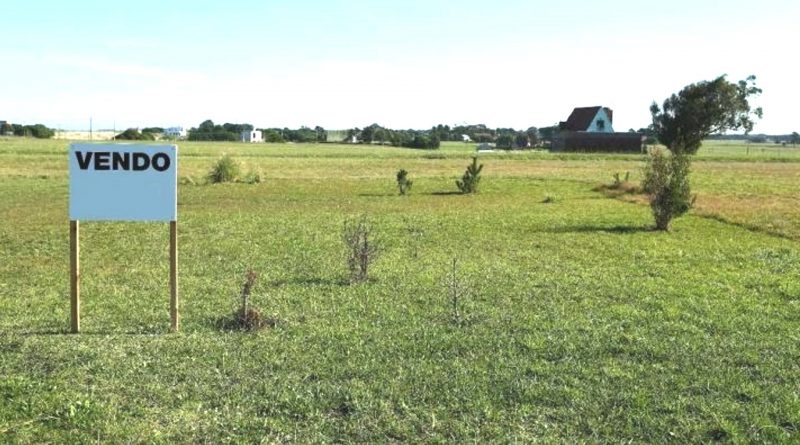Agriculture Italy: in ten years abandoned 300,000 hectares
Agriculture Italy: in ten years abandoned 300,000 hectares
That the agricultural model is facing a need for revision is now consolidated and the data that should make us reflect more comes from the last ISTAT census.
In recent years, 300,000 hectares of cultivated land have been abandoned with a closure of 32% of farms and an even more worrying progression. An unprecedented massacre with a rejection without appeal for the whole European agricultural policy and the non-existent national and regional politics. A disaster that involves the entire sector but especially small and family businesses. Result of an enormous strategic error of the Agricultural Policy.
The most incredible thing is that today entire territories, especially that of inland areas, are closely linked with these small companies that still safeguard local economies (especially in mountain and disadvantaged areas), territory and social, ecological and hydrogeological landscape.
The crisis manifests itself through another fact: we have gone from a national average company size of 5.5 hectares a few years ago to 7.9 hectares, even here with a progression that involves production systems that are less and less relational to local markets. and therefore tending to a destructuring of the internal areas. Sign that an economic school promoting this agricultural model is to be rejected without appeal, having evaluated only economic parameters without putting them in relation to more complex parameters such as relationships between company size, market relations, social structures and ecological balances.
In fact this situation is particularly serious in regions such as Liguria, Valle d’Aosta and Friuli Venezia Giulia – characterized by a great hydrogeological vulnerability, where the presence of agricultural fabric has always been fundamental – that in the last ten years have seen respectively a contraction of companies of 46.1, 41.2 and 33%. But similar and worrying data can be seen from the north to the islands.
Without going into too much detail of the ISTAT data it emerges that the worries that the FAO has for years has noticed at a world level have hit with particular virulence in our territory with a social, cultural, ecological and hydrogeological cost of huge proportions in the country that instead boasts the higher agricultural biodiversity. An agriculture brought to its knees by the pillars of European agricultural policy, all to be reviewed; an agriculture abandoned by national and regional politics that did not understand that the first planning and planning is local and not European.
All this requires a global revision of the Rural Policy that must distance itself from the simplistic and reductionist economic parameters to be put back into the ambit of a broad policy that we could define: Humanistic Agricultural Policy.
Guido Bissanti

